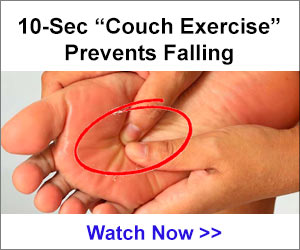Introduction In today’s fast-paced world, finding a workout that balances physical fitness with mental relaxation is essential. This is where Restorative Pilates comes into play. It’s a unique approach that combines physical exercise with mental calm. But what exactly does this term mean, and how can it benefit your daily life? Let’s delve deeper into this gentle practice.

Understanding This Gentle Practice Originating from the traditional Pilates method, this approach focuses on slow, mindful movements and conscious breathing. While traditional Pilates emphasizes strength and flexibility, this method leans towards healing and relaxation. It’s a practice that integrates slower motions and breath control, using various props to aid and support the body.
Essential Components This form of Pilates is characterized by several key elements:
- Attentive Movements: Every motion is performed with mindfulness, enhancing the mind-body connection.
- Breath Control: Emphasis on breathing helps in stress reduction and better oxygen flow.
- Supportive Stretching: Stretching in this practice is about releasing tension gently.
- Assistive Props: Utilization of props ensures safety and effectiveness.
- Personalization: Tailoring exercises to suit individual needs and recovery goals is a priority.
Benefits of the Practice Practicing it offers a range of benefits:
- Improved flexibility and balance, aiding in injury prevention.
- Stress reduction through its meditative aspects.
- Subtle strengthening of core muscles, leading to better posture.
- It’s often recommended for injury recovery due to its low-impact nature.
- Regular practice can lead to increased energy and vitality.
Ideal Candidates for This Practice It is particularly beneficial for:
- Individuals in recovery from injuries or surgeries.
- Older adults seeking a non-strenuous exercise routine.
- Those experiencing chronic pain or conditions like arthritis.
- Anyone looking for a complementary, low-impact exercise.
- People aiming to achieve mental tranquility alongside physical fitness.
Incorporating It into Your Life Embarking on this journey can start with joining a class or following online sessions. Guidance from professionals ensures you learn correct techniques and minimize the risk of injury. Once you grasp the basics, incorporating it into your daily routine, even for a short duration, can yield significant benefits.
Conclusion Restorative Pilates isn’t just an exercise regimen; it’s a pathway to achieving harmony between body and mind. By incorporating it into your wellness routine, you embark on a journey of profound physical and mental rejuvenation. It stands out as a meaningful and beneficial practice in the realm of fitness and relaxation.

